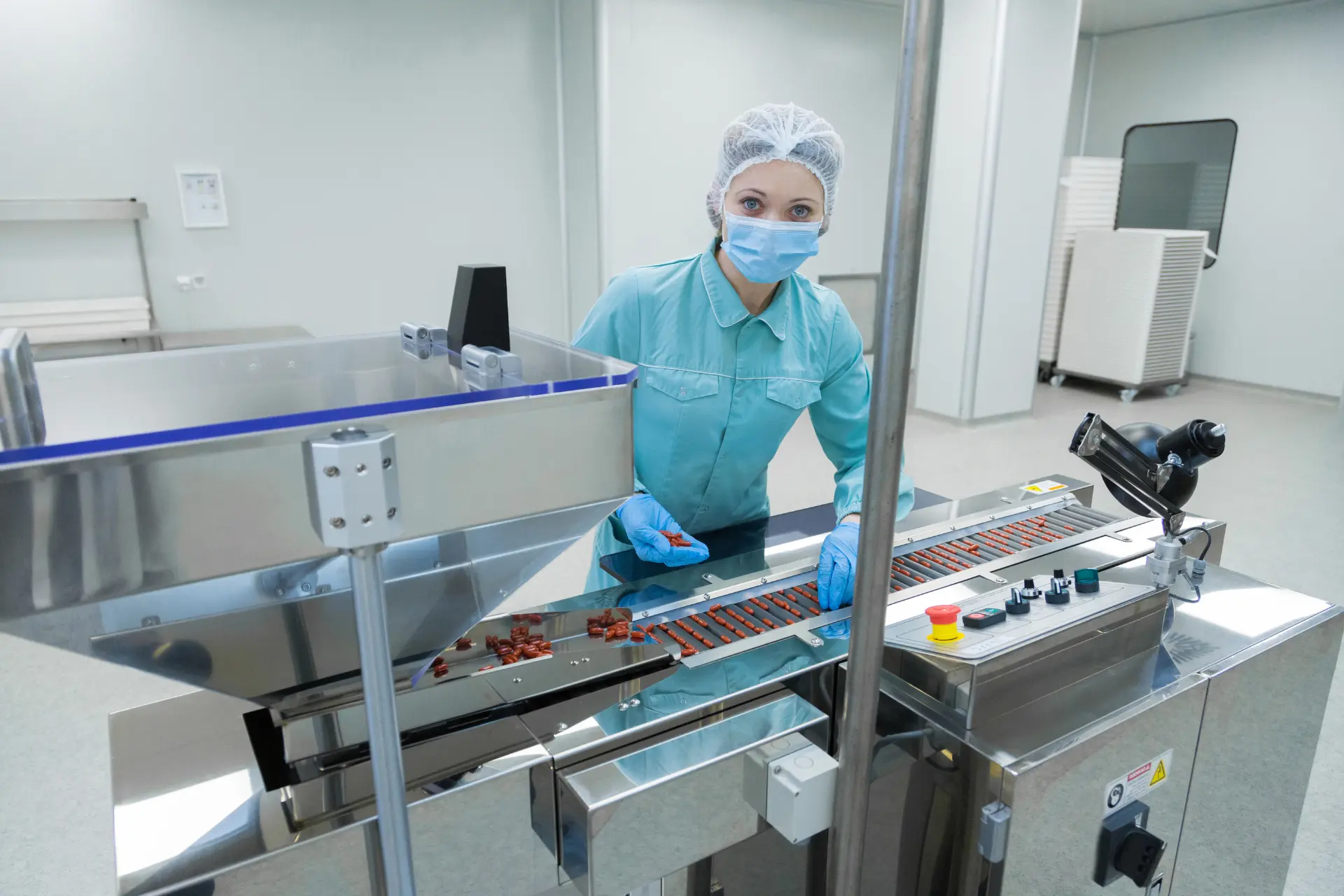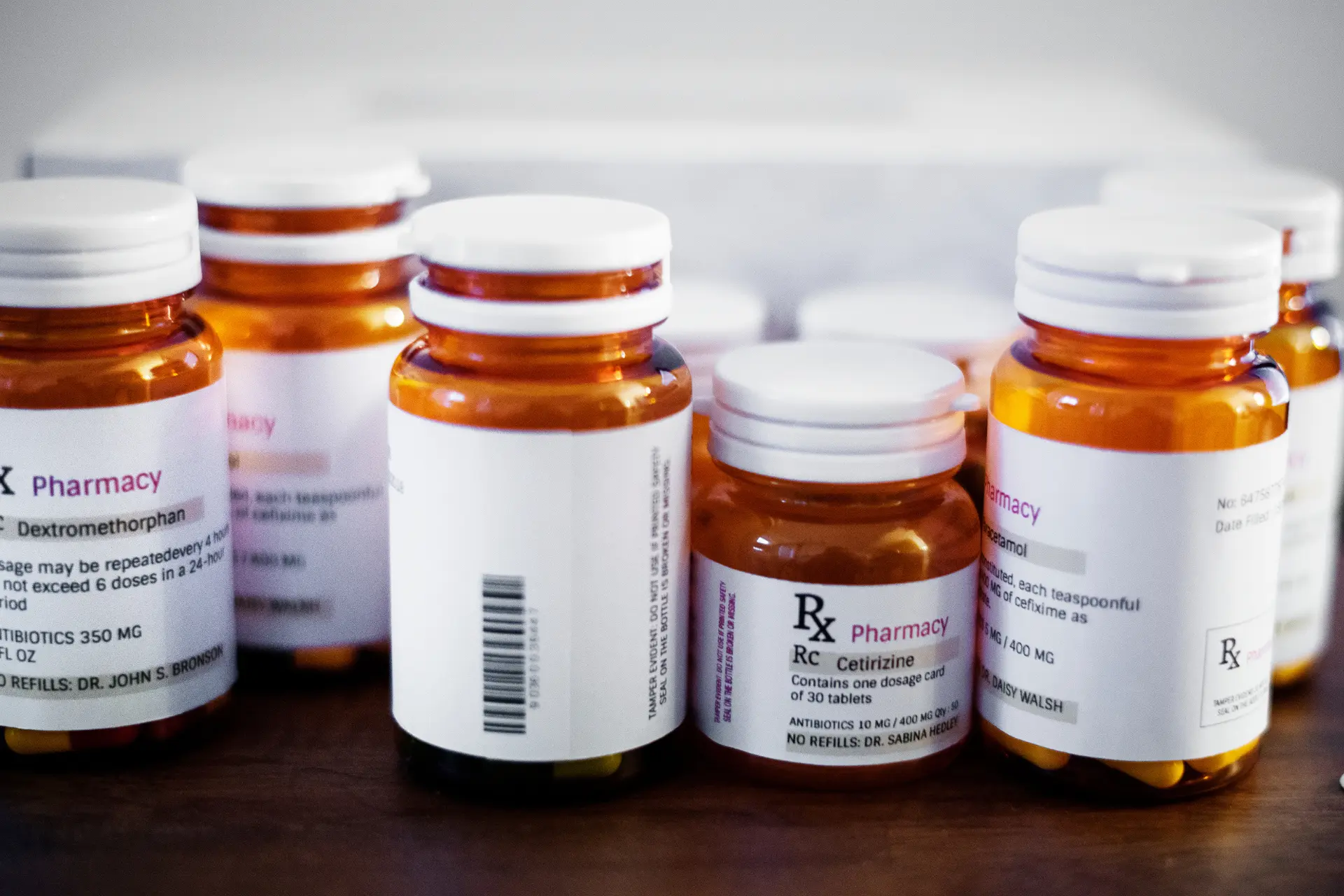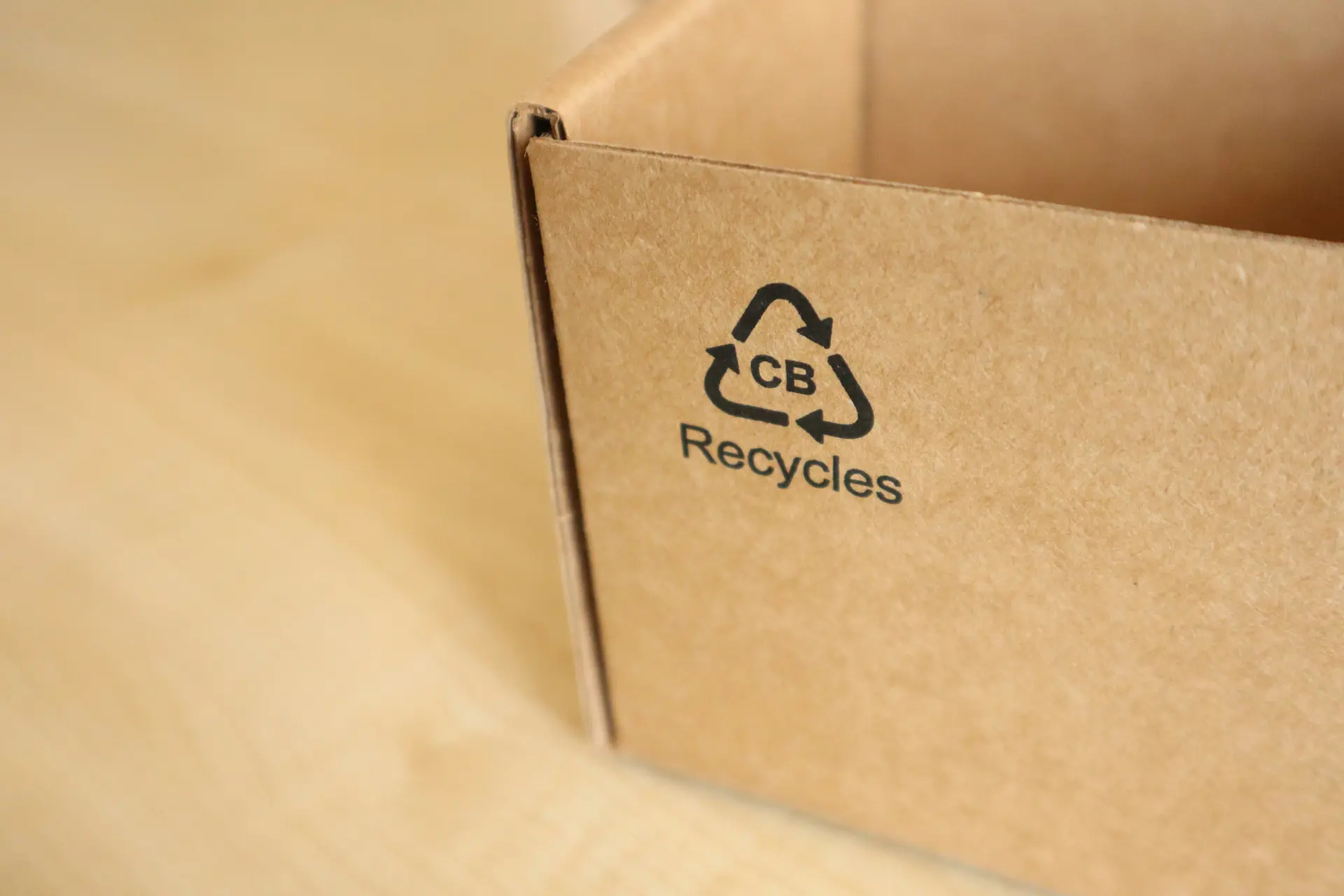A small mistake is all it takes for your product to be withdrawn or be recalled from the market, with serious consequences. In this article we look at the recent trends in product withdrawals and recalls, and recap on best-practice thinking on how to reduce the risk of withdrawals and recalls within your business.
So, what do we mean by product withdrawal or product recall?
A product recall is a full removal of product from the supply chain AND consumer base where consumers are notified at point of purchase, by media or by targeted alerts and then urged or advised to return product or destroy it. The term “product withdrawal” refers to the removal of product from the supply chain with the exception of any product already sold.
In both cases, the consequences are undeniably damaging. Firstly, there are the financial consequences of reclaiming and destroying stock, and secondly, there is the business disruption of tracing dispatched product, coordinating a response and organising follow up actions and finally, also to consider, is the reputational damage of consumer mistrust leading to cancellation or reduction of orders.
Product recalls and withdrawals are a growing issue. Why?
The world we live in today, with complex supply chains, a global ingredient base, and an increased speed to market means that contaminated products have the potential to be distributed widely before a problem is identified.
In addition, as the CDC USA (Centers for Disease Control and Prevention) recently reported, there is a general increase in food borne illness from fresh food e.g. from infections such as e-coli, campylobacter, listeria with poultry and lettuce sectors being particularly affected.
Lastly, an increase in regulation has led to tighter controls on ingredients, composition and labelling of ingredients, nutrition and allergens. This has been a necessary move to help protect consumers. However, having a stricter regulatory base and one that is still, in some cases, market driven potentially makes it more complex for manufacturers to comply, especially in situations where a product is marketed internationally and each part of the label has to comply with the languages and local regulations of the country or region the product is marketed in. It is a criticality that can lead to labelling errors.
What are the most common causes for recalls and withdrawals?
Reviewing the three most common issues associated with food safety alerts for 2018/19 from FSA (Food Standards Authority UK), the top three causes were:
- Allergens
- Physical contamination (foreign bodies)
- Product contamination with either salmonella or listeria monocytogenes.
If we look into allergens in more detail, we find that undeclared allergens are rapidly emerging as the primary cause of food recall. Incidents involving undeclared, gluten, milk or nuts made up the majority of allergen notifications that the FSA received in 2018/2019, often as a result of incorrect labelling (an ingredient missed, mislabelled or allergen not adequately highlighted) or involuntary contamination (from an ingredient or as part of the manufacturing process).
Where do we see the most allergen related recalls?
The more complex the composition of the product, it seems the more allergen food incidents are being reported. For example, according to the FSA, prepared ready meals, snacks, cereals, bakery and confectionery are the most common food categories to report allergen related product withdrawals.
The sophisticated composition of these products and their potentially diverse ingredients and ingredient supplier base can result in a greater opportunity for error during technical assessment and specification, manufacture and labelling.
Within labelling itself, there can be a variety of reasons cited for product withdrawal or recall: incorrect terminology in the ingredient list, a missing ingredient, an issue in the declaration ‘contains allergens’, incorrect highlighting (EU FIC) or an omission in the potential cross contamination statement of a critical allergen.
How can we reduce the risk of product withdrawals and recalls?
In all cases, when talking about food recalls and withdrawals, prevention is better than cure. ‘Field to Fork’ traceability, quality processes and technology can all play a part to reduce the risk of recalls.
The prevalence of allergen related recalls highlights the need for full traceability of ingredients, their allergen risk and potential contamination at each point of the supply chain before they reach the factory door and then any further potential cross contamination of the product as part of the manufacturing process.
The robustness of the processes within the manufacturing organisation is also an important factor. Companies need to have solid recall and crisis management plans in place. Being able to quickly identify and track problems, evaluate the scale of an issue and swiftly prepare an action plan helps to mitigates the consequence of any unfortunate events.
Technology should be used to support supply chain visibility, traceability, quality management, process control and accurate product labelling. Systems can drive consistency and control. They provide a central focus and a secure interface for collaboration.
For example, in the field of product labelling, using a PIM (Product Information Management) system product teams can curate, control and approve the content of product and ingredient specifications and then automatically share this content online or directly to the packaging artwork process.
Translation is also a consideration, using systems equipped with automation can ensure that ingredients & allergens are consistently translated & highlighted in all language panels – removing risk where native speakers cannot be called upon to review the artwork.
Worried about recalls? We’ve got you covered!
4Pack is the leading end-to-end product & packaging software for the Food & Beverage industry.
The 4Pack solution contains Product Information Management (PIM) and Labelling & Artwork Management (LAM) features. These features guarantee traceability and regulatory compliance in ingredient and product specifications. 4Pack allows for greater organisation and control meaning less errors incorporated during the development and update phases of the packaging labelling.
4Pack’s built in translation memory and integrated business rules drives consistency in ingredient and allergen labelling.
4Pack solves issues with dispersion of information by establishing a single source of the truth, accessible via browser, secure and shared
4Pack allows collaborators in the product launch process, both internally and externally, to interact with each other through a central interface, each user with different levels of access and visibility.
4Pack workflows drive quality outputs in terms of content, specification and artwork.
4Pack can integrate with other systems and other sources of data for single or two-way transfer of data, to avoid double entry and potential typographic errors.
4Pack exists to help Food & Beverage manufacturers and brands of all sizes to push innovative, safer products to market across channels quickly. If you want to turbo charge your product launch process, book a demo with one of our experts.




